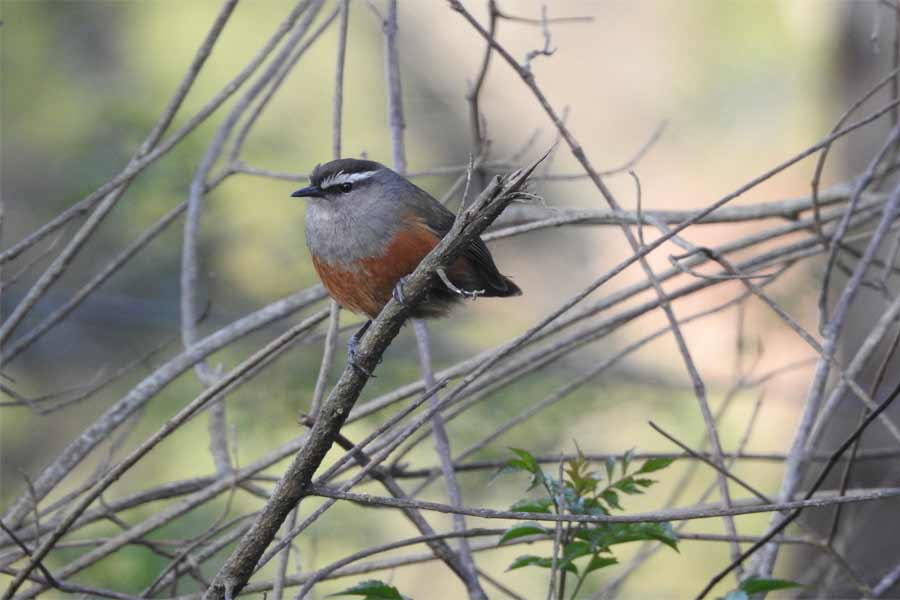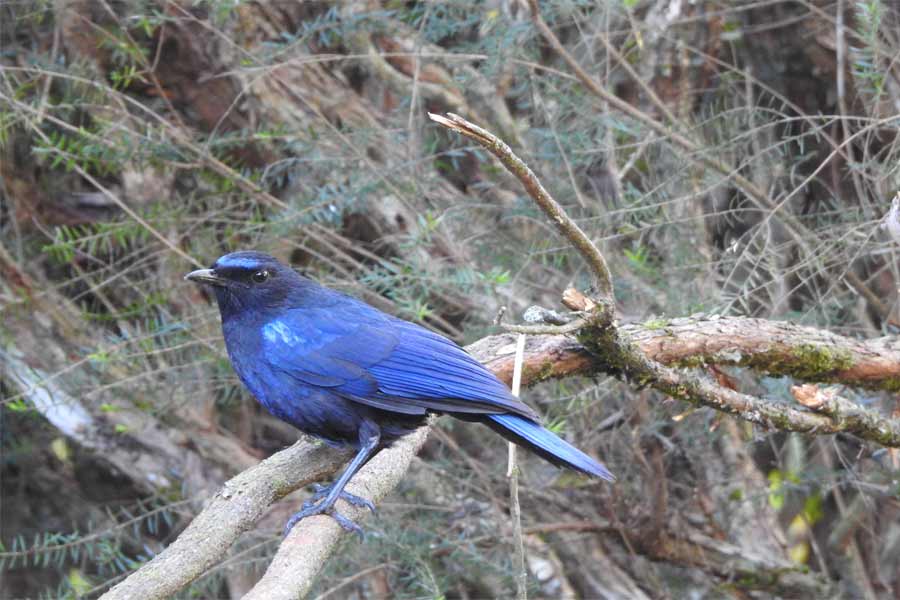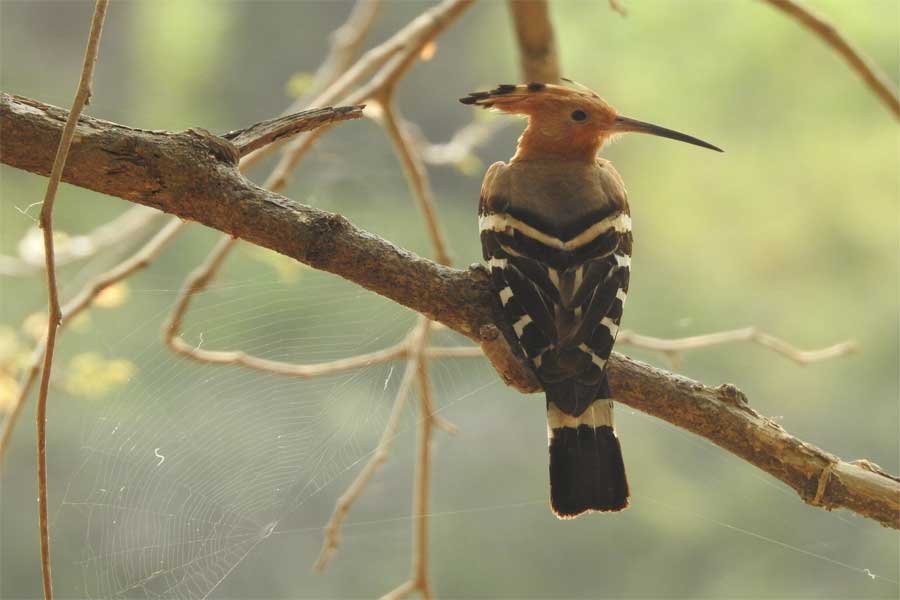
The avian world has been a part of the human understanding of music. It has inspired composers like Ralph Vaughan Williams, Louis-Claude Daquin, Ludwig Beethoven, Frederick Delius, Olivier Messiaen, Ilaiyaraaja and Maria Schneider to orchestrate captivating arrangements. In 2000, David Rothenberg, a jazz composer and professor, had an impromptu duet with a White-Crested Laughingthrush at the National Aviary in Pittsburgh. The encounter inspired him to write a book called Why Birds Sing in which he wrote, “Why do birds sing? For the same reasons we sing—because we can. Because we love to inhabit the pure realm of sound. Because we must sing…”
The birds and the melodies

The songs of birds to those uninterested in spotting them may sound like arbitrary harmonies. But to birdwatchers (the new term for bird lovers), it represents dreamy possibilities. It may be an endangered species they have been aching to find. Perhaps, a surprise appearance from a winter visitor. Sometimes, it is the soundtrack of a reunion.
Reptiles, amphibians, and mammals have larynges that create unique sounds. Birds are the only species that use a voice organ called ‘syrinx’ to create musical vocalizations. It is dubbed after a Greek nymph, who fled to the river while pursued by Pan—the God of the Wild. The river nymphs turned her into hollow reeds which made haunting noises as the God’s angry breath raged through them.
Like panpipes, a bird’s syrinx is a tubular structure supported by cartilage and rolls of tissue. Except for a few birds like vultures, storks, woodpeckers, and pelicans, other species are born with this pea-sized organ. In 2013, Julia Clarke, a Texas-based paleontologist, discovered one that had belonged to a bird fossil about 67 million years ago. Along with her team, Clarke opined that syrinxes had evolved over time to take over the duties of larynxes. In 2018, their report in the Proceedings of the National Academy of Sciences journal proposed this organ to be a rare evolutionary novelty, backed by genetic data.
Watch. Listen. Learn.
Whether a sharp whistle, a rhythmic gargle, a terrified shriek or an enchanting harmony, the syrinx reveals a lot about the bird’s whereabouts. It also provides insights about its state of mind. Many birdwatchers nail their targets by cupping their ears and listening intently. It is a complicated process because each call has a characteristic pitch and tone. Depending on the mood, be it hunger, fear, elation or sexual longing, the song may change.
Unfortunately, some hobbyists and guides use recorded calls to trick elusive species. An unethical baiting practice that disrupts their natural instincts, it is literally click-baiting. Ethical birdwatchers put in the time and effort to better understand the music. They tend to:
Build a mental library through repetitive practical and theoretical listening
Use a string of syllables to describe the sound
Become familiar with the range of calls
Acquire a lasting mental imprint by watching the bird sing
Now, that’s what you call music

Birds like Cuckoos, Chiffchaffs and Hoopoes are named after their calls. The Common Hawk Cuckoo is known as the Brainfever Bird because of its maniacal, repetitive cries. The Malabar Whistling Thrush is nicknamed “the whistling schoolboy” because that is exactly what it does. Laughing Doves laugh. Babblers babble. Warblers warble. Onomatopoeic speculation has led people to believe that the extinct Dodo’s call was a two-noted “Doo-doo” sound.
Some sing beautifully while others sound man-made. Drongos and Mynahs are even expert mimicry artists. But every single note is as precious as the other. In the words of author Henry van Dyke, “The woods would be quiet if no bird sang but the one that sang best”.
Behind the music of birds
Studies show that nature’s sounds have a positive impact on our autonomic nervous system. It helps you to disentangle and relax. As you walk through the woods, over the hills or by the riverside, your ears prick up. The murmuring of a stony brook; the howling of the wind; the rustling of dead leaves; the buzzing of cicadas; the footsteps of squirrels as they race up trees—each of these melodies erupt from the womb of their composer—the planet.
For birdwatchers, some of these sounds have them excited and on tenterhooks. Even if you are not a birdwatcher or a musician, you belong to one of the few species that can use music to speak your mind— like birds. Your fears and sorrows; your hopes and dreams. Every time you step outside, you are attending a concert in which musicians play the soundtrack to their lives.







